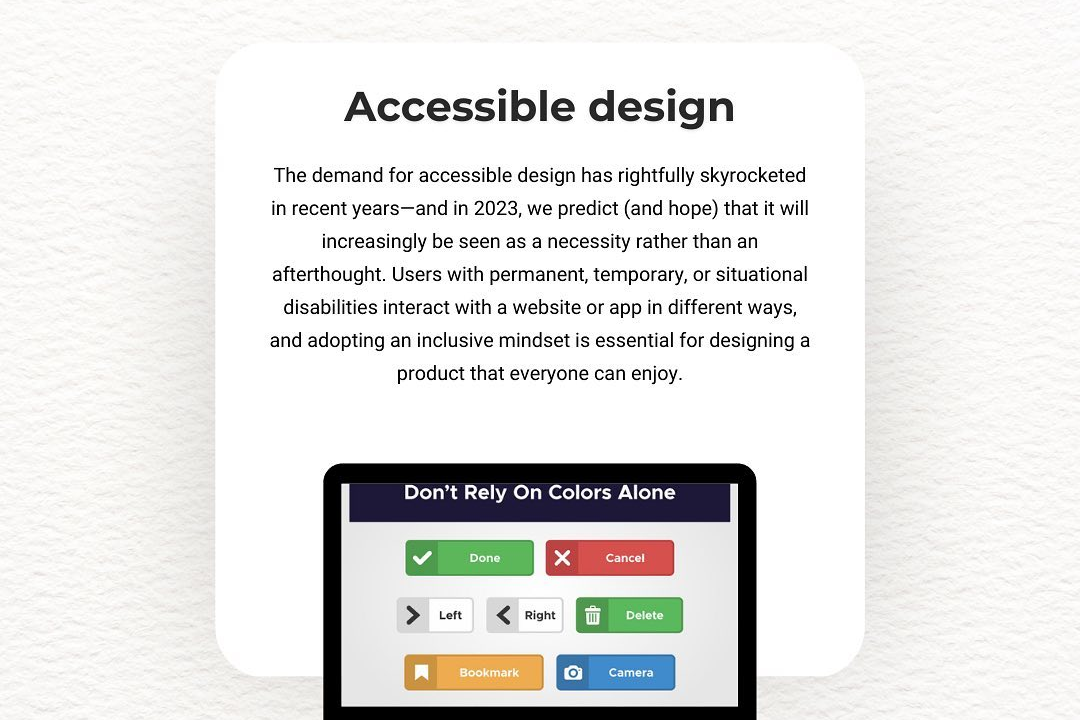Connection Pooling
Optimizing Resource Management with Connection Pooling
Connection Pooling
Connection pooling is a technique used in database management systems and networked applications to enhance performance by reusing a set of pre-established database connections rather than opening and closing a connection for each request. When an application needs to interact with a database, it retrieves a connection from the pool instead of creating a new one, which can be time-consuming and resource-intensive. After the operation is complete, the connection is returned to the pool for future use. This reduces latency, minimizes the overhead of connection setup and teardown, and optimizes resource utilization, leading to improved application responsiveness and efficiency, especially under high load or when dealing with a large number of concurrent users. Connection pooling is commonly utilized in environments that require frequent access to databases, such as web applications and enterprise systems.
To Download Our Brochure: https://www.justacademy.co/download-brochure-for-free
Message us for more information: +91 9987184296
1 - Definition: Connection pooling is a technique used to manage database connections efficiently. It involves creating a pool of reusable connections that can be shared among multiple clients.
2) Purpose: The primary purpose of connection pooling is to reduce the overhead of establishing and tearing down connections repeatedly, which can be time consuming and resource intensive.
3) Database Connections: Each connection to a database involves significant resources and time for setup. Connection pooling mitigates this by allowing loans of established connections to applications.
4) Performance Improvement: By reusing connections, applications can achieve faster response times and improved performance, particularly in high load environments.
5) Scalability: Connection pooling allows applications to scale better under high demand, as it can handle more requests without overwhelming the database server.
6) Configuration Options: Connection pools can be configured with various parameters including minimum and maximum pool size, connection timeouts, and idle connection management.
7) Thread Safety: Connection pools are designed to be thread safe, allowing multiple threads to access connections without conflicts or data corruption.
8) Connection Lifespan: Connections within the pool can be monitored and recycled based on predefined rules, such as connection inactivity or maximum lifetime.
9) Error Handling: Connection pools often include error handling mechanisms to manage broken or stale connections, ensuring that applications do not crash due to database failures.
10) Resource Management: By controlling the number of concurrent connections to the database, connection pooling helps in efficient resource management on both client and server sides.
11) Implementation: Most modern database frameworks and libraries provide built in support for connection pooling, making it easy for developers to implement.
12) Connection Timeout: Pools typically have a timeout setting that dictates how long a connection can remain idle before being closed, maintaining optimal resource usage.
13) Load Balancing: In advanced scenarios, connection pools can be designed to balance the load among multiple database servers, enhancing fault tolerance and availability.
14) Monitoring and Metrics: Connection pools can provide metrics on usage, such as active connections, idle connections, and connection acquisition times, which can help in monitoring application performance.
15) Best Practices: Understanding best practices, such as choosing appropriate pool sizes and monitoring usage, is crucial for maximizing the benefits of connection pooling.
16) Decoupling: Connection pooling allows for the decoupling of connection management from application logic, simplifying development and maintenance.
17) Use Cases: Connection pooling is particularly beneficial in web applications, enterprise applications, and scenarios where numerous short lived requests are made to a database.
18) Open source Libraries: There are several open source libraries, such as HikariCP and Apache DBCP, that provide robust connection pooling solutions.
This set of points provides a well rounded introduction to connection pooling that can be useful for a training program aimed at students. Each point opens up avenues for deeper discussion and exploration of specific aspects of connection pooling.
Browse our course links : https://www.justacademy.co/all-courses
To Join our FREE DEMO Session: Click Here
Contact Us for more info:
- Message us on Whatsapp: +91 9987184296
- Email id: info@justacademy.co
Java Event-Driven Architecture
iOS Development Course in Pune












